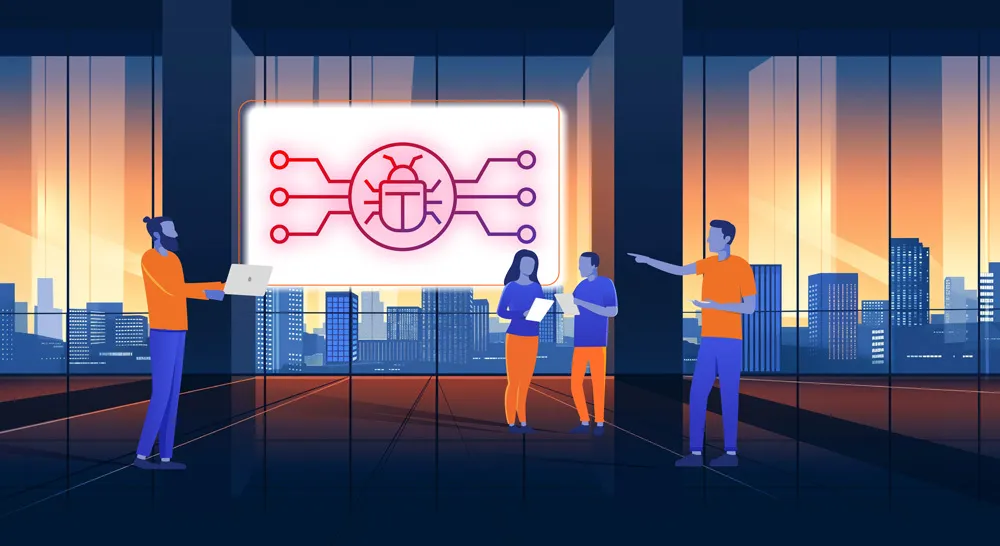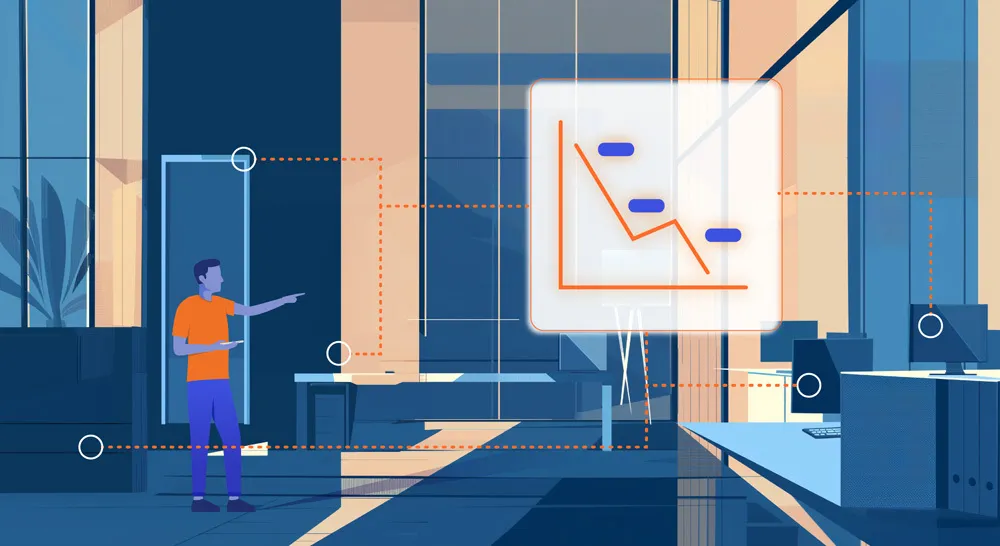
In today’s digital world, ransomware attacks have become one of the most significant threats to businesses of all sizes. Understanding the nature of ransomware, implementing effective security measures, and preparing a solid recovery plan are crucial steps in safeguarding your organization. In this blog post, we’ll explore various aspects of ransomware, including types of ransomware, prevention strategies, and recovery methods.
Understanding Ransomware
Ransomware is a type of malicious software designed to block access to a computer system or encrypt data until a sum of money is paid. These attacks can cripple businesses, leading to significant data loss and operational disruptions. The impact of a ransomware attack largely depends on the type of ransomware involved.
Types of Ransomware
- Crypto Ransomware: Encrypts files and demands a ransom for the decryption key.
- Locker Ransomware: Locks users out of their devices entirely.
- Scareware: Displays alarming messages to trick users into paying a ransom.
- Doxware: Threatens to release sensitive information unless a ransom is paid.
Security Measures to Prevent Ransomware Attacks
Preventing ransomware attacks requires a multi-faceted approach, combining advanced technology with employee education and stringent security policies. Here are some effective methods:
- Regular Data Backups: Regularly backing up your data ensures that you can recover your files without paying the ransom. Store backups offline or in the cloud, and test them regularly to ensure they can be restored effectively.
- Use Strong, Unique Passwords: Implement a robust password policy, requiring strong and unique passwords for all accounts. Consider using a password manager to help manage and secure these credentials.
- Keep Software Updated: Regularly update all software, including operating systems and applications, to protect against vulnerabilities that ransomware can exploit.
- Install Antivirus and Anti-malware Software: Use reputable antivirus and anti-malware programs to detect and block malicious software.
- Employee Training: Educate employees about the risks of ransomware and the importance of security best practices, such as recognizing phishing emails and avoiding suspicious downloads.
Gaining Access and Infection Vectors
Ransomware often gains access to systems through various vectors, including phishing emails, malicious downloads, and exploiting security vulnerabilities. Understanding these methods can help you implement targeted defenses.
- Phishing Emails: Phishing is one of the most common methods for delivering ransomware. Educate employees to recognize phishing attempts and implement email filtering solutions to block malicious emails.
- Malicious Downloads: Avoid downloading software or files from untrusted sources. Use security software to scan downloads and monitor network traffic for suspicious activity.
- Exploiting Vulnerabilities: Cybercriminals often exploit unpatched software vulnerabilities. Ensure all systems are regularly updated and patched to prevent exploitation.
Recovery Plan: How to Recover from a Ransomware Attack
Despite your best efforts, there is always a risk of falling victim to a ransomware attack. Having a well-prepared recovery plan can help you recover your data and restore business operations swiftly.
- Immediate Response: If you suspect a ransomware attack, disconnect the affected system from the network to prevent the malware from spreading. Notify your IT team and start your incident response plan.
- Assess the Damage: Determine the extent of the attack, identifying which systems and data have been affected.
- Data Recovery: Depending on the type of ransomware and the extent of the encryption, your recovery process will vary. If you have reliable backups, restore your data from the most recent backup. If no backups are available, consult a cybersecurity expert to explore possible decryption tools or data recovery options.
- Do Not Pay the Ransom: Paying the ransom is not recommended, as it does not guarantee the recovery of your data and encourages further criminal activity. Focus on recovering your data through backups and professional assistance.
- Post-Breach Analysis: After recovering from the attack, conduct a thorough post-breach analysis to understand how the ransomware gained access and what security measures failed. This analysis should inform future security improvements and employee training programs.
Post-Breach Actions: Strengthening Your Cyber Defenses
Recovering from a ransomware attack is just the beginning. To prevent future incidents, take the following post-breach actions:
- Enhance Security Protocols: Review and update your security protocols, incorporating lessons learned from the attack. Implement stricter access controls and ensure all systems are patched and up-to-date.
- Conduct Regular Security Audits: Schedule regular security audits and vulnerability assessments to identify and address potential weaknesses in your infrastructure.
- Increase Employee Awareness: Continuously educate employees about emerging cyber threats and the importance of cybersecurity best practices. Regular training sessions and simulated phishing exercises can help reinforce this knowledge.
- Engage Cybersecurity Experts: Consider partnering with cybersecurity experts to strengthen your defenses. Professional services, such as those offered by CYPFER, can provide tailored solutions to enhance your organization’s resilience against ransomware and other cyber threats.
Business Continuity and Data Protection
Ensuring business continuity and data protection requires a proactive approach to cybersecurity. Here are some additional strategies:
- Business Continuity Plan (BCP): Develop and regularly update a business continuity plan that includes procedures for maintaining operations during a ransomware attack. This plan should detail how to restore critical systems and data, communicate with stakeholders, and manage public relations.
- Data Protection Policies: Implement comprehensive data protection policies, including encryption of sensitive data, access controls, and regular audits of security practices.
- Regular Security Assessments: Conduct regular security assessments and penetration tests to identify and address vulnerabilities in your systems.
Ransomware attacks are a significant threat to modern businesses, but with the right security measures and a well-prepared recovery plan, you can minimize the risk and impact of an attack. Regular data backups, employee training, and robust cybersecurity practices are essential components of a comprehensive defense strategy. By staying vigilant and proactive, you can protect your business from the devastating effects of ransomware and ensure the continuity of your operations.
Take Action Now: Partner with CYPFER
Don’t wait until a ransomware attack cripples your business. Take action now to protect your organization from cyber threats. CYPFER offers comprehensive cybersecurity services, including ransomware response and recovery, incident response planning, and proactive security measures. With CYPFER, you can achieve ‘Cyber Certainty’ and ensure that your business is prepared for any cyber challenge.
Contact CYPFER today! Learn how their expert team can help you strengthen your cybersecurity posture and protect your valuable data. Visit www.cypfer.com or call [insert phone number] to schedule a consultation.
Your Complete Cyber Security Partner:
Every Step, Every Threat.
At CYPFER, we don’t just protect your business—we become part of it.
As an extension of your team, our sole focus is on cyber security, ensuring your peace of mind. From incident response and ransomware recovery to digital forensics and cyber risk, we integrate seamlessly with your operations. We’re with you 24×7, ready to tackle threats head-on and prevent future ones.
Choose CYPFER, and experience unmatched dedication and expertise. Trust us to keep your business secure and resilient at every turn.

Get Cyber Certainty™ Today
We’re here to keep the heartbeat of your business running, safe from the threat of cyber attacks. Wherever and whatever your circumstances.
Contact CYPFER





